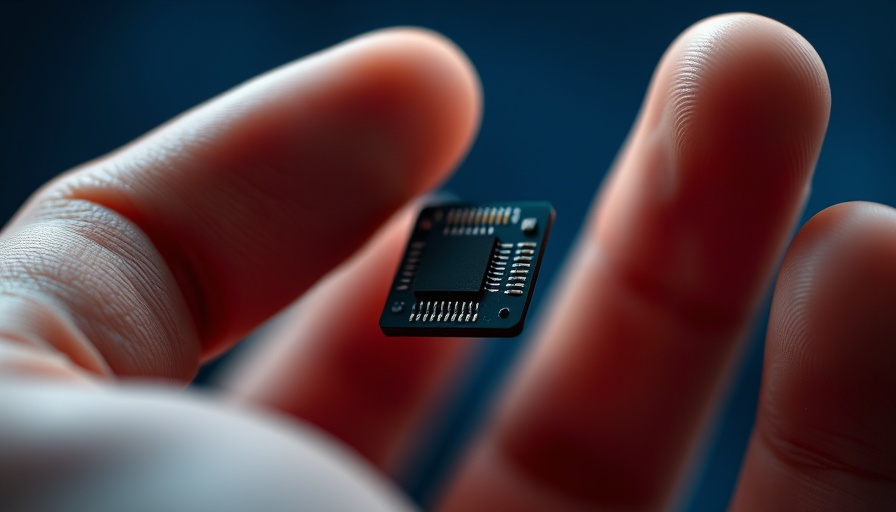
The Bold Choice: Lip-Bu Tan Takes the Helm at Intel
In a decisive move to reshape Intel’s future, the tech giant has appointed Lip-Bu Tan as its new CEO, tasking him with reviving a company that has struggled to retain its esteemed reputation in the semiconductor industry. Tan’s previous role as the CEO of Cadence Design Systems, known for its vital software in chip design, lends him a depth of knowledge crucial for Intel during these turbulent times.
Challenges Ahead for Intel
As the semiconductor landscape evolves, Intel has faced significant hurdles, notably declining sales and an inability to compete effectively against key players like Nvidia in the surging artificial intelligence market. With its shares plummeting by 54% over the past year, the urgency for a turnaround has never been greater. Tan’s appointment follows a tumultuous phase under former CEO Pat Gelsinger, marked by job cuts and a re-evaluation of core strategies, highlighting the immediate need for decisive, innovative leadership.
Fueling Hopes in the Semiconductor Sector
Despite the daunting challenges, Tan enters this role with optimism and a visionary approach. “In areas where we have momentum, we need to double down and extend our advantage,” he remarked, signaling a commitment to capitalize on Intel’s existing strengths while aggressively tackling competition in segments where it has lagged. This dual-focus strategy reflects essential tech industry trends where agility and innovation are paramount.
Corporate History: A Pattern of Change
This transition continues a trend within Intel, which has seen four CEOs in the last seven years. With this frequent change in leadership, questions arise about the stability and direction of the company. Tan's task is not just to stabilize Intel but to inspire confidence among stakeholders while navigating a market that is constantly shifting towards artificial intelligence and advanced chip manufacturing.
A Broader Impact on the Market and Economy
Intel’s fate is emblematic of larger themes within the Bay Area technology sector and the economy at large. As one of the last remaining semiconductor manufacturers engaged in both design and production, Intel's ability to bounce back could redefine business dynamics within Silicon Valley. The company has received substantial federal backing under the CHIPS Act, demonstrating the government's interest in revitalizing domestic tech manufacturing, which may also affect employment and investment trends across the region.
Conclusion: A Call for Strategic Action
For business professionals observing these developments, the leadership of Lip-Bu Tan at Intel serves as a case study in corporate transformation and the vital role of strategic foresight in navigating crises. As we anticipate his next moves, it’s crucial to consider how such leadership changes could influence future investment trends and technology innovation. Now is the time for professionals across sectors to stay informed and adapt to shifts driven by corporate changes, especially in the tech industry.
 Add Row
Add Row  Add
Add 



Write A Comment